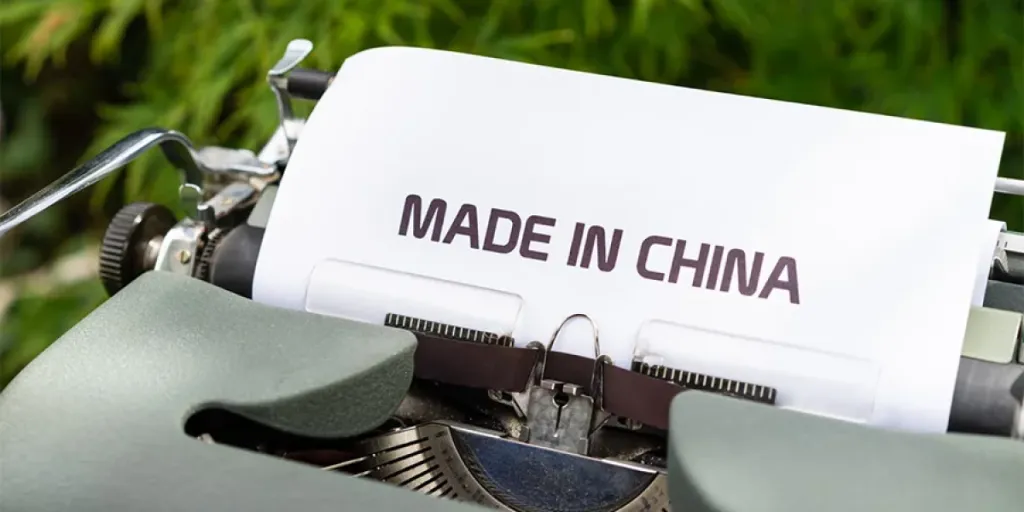Supplier performance evaluations “measure and monitor the performance of your suppliers.” These evaluations happen at specified intervals and involve criteria that fit evaluation requirements.
This article will cover the key characteristics of these surveys, how to create them, and a checklist of important aspects. This will enable the creation of comprehensive and helpful supplier performance evaluations.
Table of Contents
What are the key characteristics of a supplier evaluation survey?
Supplier performance evaluation checklist
Next steps
What are the key characteristics of a supplier evaluation survey?
When carrying out a supplier evaluation, it’s important to keep four elements in mind: evaluation criteria, data collection, data analysis, and the action plan. An organized approach is vital for vendor performance evaluation. Below, you will find more details.
Criteria
When selecting a supplier, three main categories should be considered:
- Mandatory criteria: These are criteria that a supplier must meet to be considered.
- Preferred criteria: These criteria will be the foundation of supplier selection. A supplier can still bid even if they don’t meet them.
- Leading criteria: These are the most important criteria within the supplier selection process as they will differentiate outstanding suppliers from the rest.
Other factors include the supplier’s social responsibilities, financial stability, and integrity. These are worth considering to see if they align with your company and to discover any potential risks.
Due to the unique makeup of each supplier, vendor performance checklists need customization. This means there is no one-size-fits-all approach when completing a supplier assessment.
Data
Data will inform the supplier selection process and is collected through questionnaires. Visiting the supplier is the next priority.
This ensures staff have contributed to the process, and proves that the supplier has good business practices and business ethics.
Analysis
Data then needs to be analyzed to spot patterns and reduce risks. The analysis is achievable by comparing data to official guidelines and speaking to stakeholders to collect feedback.
Key Performance Indicators measure the performance of suppliers and are financial, customer-focused, and process-focused.
Action
Creating improvement plans is an appropriate next step to address failings. This is doable by conversing with the supplier to find relevant solutions.
Corrective actions may need implementing. For example, contractual changes or adjustments to the manufacturing process.
Supplier performance evaluation checklist

The supplier evaluation process covers four areas. These are pricing, delivery, service, and quality. Each area has several factors that contribute to successful supplier evaluation.
Pricing
- Understanding customer needs: Knowing the customer firm’s needs and respect for its bottom line should be given by the vendor. They should also share their knowledge of the market with the buying firm.
- Competitive pricing: Prices should not be excessive compared to vendors offering similar products or services.
- Pricing stability: Prices should be stable over time and competitive compared to other potential suppliers. Requests for quotes should compare favorably to other vendors.
- Pricing changes: If the vendor changes the price, adequate notice should be given.
- Receiving memos: It should only take a reasonable length of time to receive credit memos. Invoices must be accurate and similar to the estimate. It is important that they are easy to understand and read.
Delivery
- Deliveries: They should arrive on-time, answers to queries should be prompt, and lead times should be accurate. The goods delivered should be the exact quantity specified by the buyer.
- Packaging: It should be suitable, strong, correctly marked, and undamaged. Any pallets should be of the proper size without any overhang.
- Documents: It’s the vendor’s role to supply proper documents, such as invoices, packaging slips, requirements, and technical manuals. Examples include the Entry Manifest (CBP Form 7533) and the Entry Summary (CBP Form 7501). The delivery should also have proper material codes and correct purchase order numbers.
- Emergency delivery: When a request gets made for an emergency delivery, check if the vendor is capable of fulfilling this request. For example, one of their current suppliers in China may have stock in Los Angeles for emergency deliveries to North American buyers.
Service
- Service: Good service is important, and vendor representatives are a key part of this. A good representative will act professionally and answer customer inquiries in a helpful manner. They will know the needs of buying firms, effectively handle complaints, provide product catalogs, and give up-to-date information.
- Support: For any issues, vendors should provide appropriate technical support, including instructions and repair services. This should include a punctual response in all cases, and a rapid one for emergencies.
- R&D capability: The supplier having strong R&D capabilities is a plus. Buyers should consider whether a supplier is capable of improving its product performance continuously by adopting new technology and swiftly introducing the new solution to buyers to ensure the buyers can be competitive in the market. The number of patents held by a supplier should reflect the supplier’s R&D capabilities.
- Financial service: Whether a supplier will offer open account payment terms to buyers who have been working with them for a certain period should be considered.
Quality
- Industry standards: The vendor’s products should meet industry standards, with a focus on product development and lifespan.
- Purchase agreement: Compliance from the vendor with the purchase agreement’s terms and conditions is important.
- Product failure rates: They should fall within acceptable limits, and repairs should be appropriate.
- Product lifespan: The lifespan of the product or service should be suitable for its purpose.
- Warranty protection: It should cover a reasonable amount of time and costs, plus offer adequate protection.
Next steps
It’s important to remember the various aspects which form a helpful vendor evaluation checklist. There is a significant amount to prepare and put in place, as covered in this article. This ensures that the results are comprehensive and valuable.
The details provided should assist you in creating informed supplier performance evaluations.





 বাংলা
বাংলা Nederlands
Nederlands English
English Français
Français Deutsch
Deutsch हिन्दी
हिन्दी Bahasa Indonesia
Bahasa Indonesia Italiano
Italiano 日本語
日本語 한국어
한국어 Bahasa Melayu
Bahasa Melayu മലയാളം
മലയാളം پښتو
پښتو فارسی
فارسی Polski
Polski Português
Português Русский
Русский Español
Español Kiswahili
Kiswahili ไทย
ไทย Türkçe
Türkçe اردو
اردو Tiếng Việt
Tiếng Việt isiXhosa
isiXhosa Zulu
Zulu